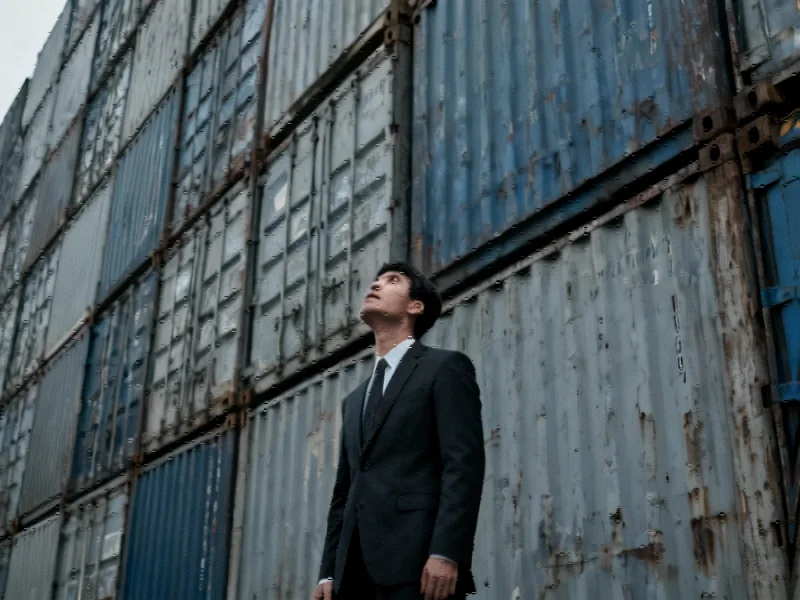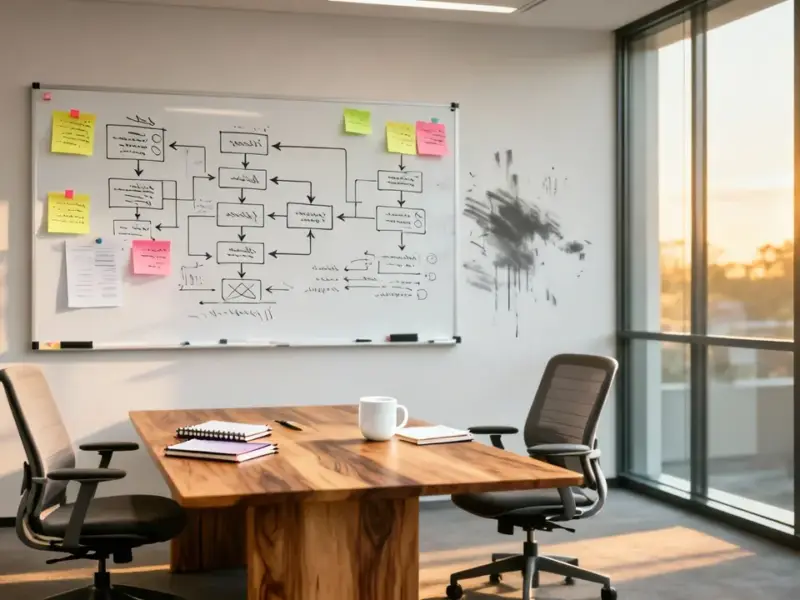According to Forbes, Joel Goldstein of Mr. Checkout Distributors highlights a critical retail reality that many brands miss entirely. He describes the common scenario where a beautifully designed product with perfect packaging lands its first store placement, only to sit completely unsold for weeks. The core issue isn’t necessarily the product itself, but whether it works in its specific retail context. Goldstein emphasizes that independent retailers serve as vital diagnostic tools, providing unfiltered feedback about how real customers respond to products in actual store environments. He shares a case study of a vegan snack brand that struggled until they repositioned from supplement aisles to snack sections and adjusted their messaging.
The brutal retail reality check
Here’s the thing that most entrepreneurs don’t want to hear: your product exists in the wild, not in your carefully controlled studio. That beautiful prototype? It means nothing if it can’t compete on a crowded shelf under fluorescent lighting next to established competitors. The packaging that looked so perfect in your design software? It might completely disappear in context.
And this is where independent retailers become absolutely crucial. They’re not just distribution channels – they’re your most honest focus group. These store owners watch customers every single day. They know which shelf heights get touched, which lighting conditions work, and which words on packaging actually resonate with their specific neighborhood. They see what you can’t from your office.
Learning from what doesn’t work
The vegan snack example Goldstein shares is so telling. The product itself was great – good ingredients, strong brand voice. But placed in the supplement aisle? With dull lighting? Using the word “vegan” prominently in a neighborhood where that narrowed appeal? It was a recipe for failure, and the brand was ready to pull out entirely.
But then they did something surprisingly rare: they asked questions and listened. They moved locations within the store, adjusted signage, tweaked language. The result wasn’t overnight success, but meaningful movement. Enough to stay on shelves and keep learning.
Basically, every store is a classroom if you’re willing to be the student. Every slow week teaches you something if you’re paying attention. The brands that last aren’t the ones that get everything perfect from day one – they’re the ones who learn fastest from what isn’t working.
Why scale can actually hurt you
Now here’s the real irony that Goldstein points out: most brands rush past this crucial learning phase. They want store counts. They want national distribution. They want to scale fast.
But what’s the point of being in 1,000 stores if your product fails in the first 10? You’ll just fail bigger and more expensively. Independent retail gives you the chance to make mistakes when the stakes are lower. To understand why some products move without marketing and why others don’t move at all even with it.
Think about it – in manufacturing and industrial contexts, you wouldn’t deploy equipment without rigorous real-world testing. The same principle applies to consumer products. You need that brutal, honest feedback before you bet everything on massive production runs.
The adaptation imperative
So what’s the takeaway? Don’t be afraid to be wrong initially. Be afraid of staying wrong. Retail gives you real-time feedback that’s more valuable than any focus group or market research.
The shelf is the judge. The shopper casts the vote. Your product needs to belong not just to you, but to the store, to the shelf, to the actual person making the purchase decision. That might mean relocating, reframing, adjusting pricing, or even replacing packaging entirely.
Presence isn’t performance. Hope isn’t a strategy. Winning in retail means adapting precisely to where your product actually lives, not where you wish it lived.




